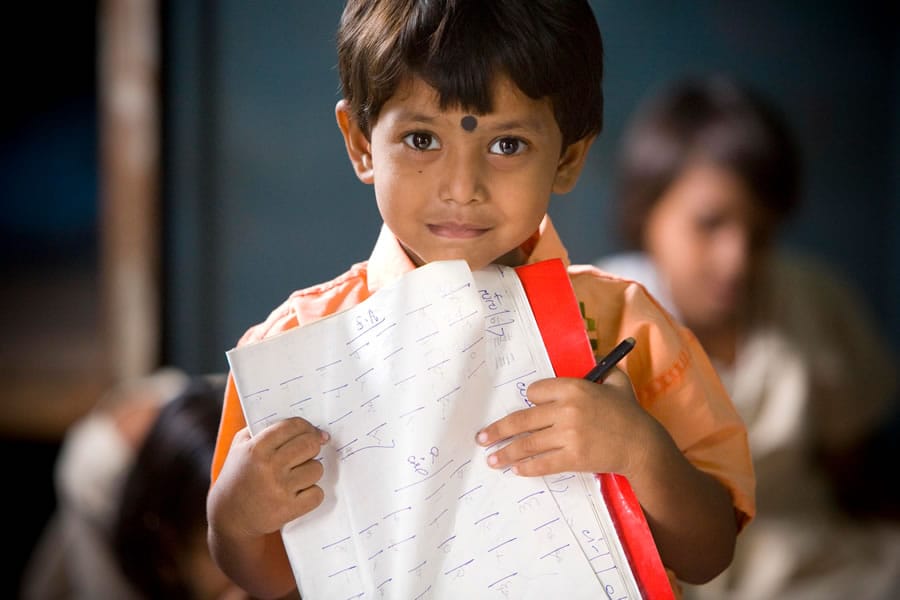
Prospects of India’s Education System Essay
Nowadays the education system of India attracts attention of experts from all over the world. It is known that India’s economy is a fast-growing economy which requires certain changes in the education system too. Despite great changes in economical system, about 260 million people in India have no opportunity to get a good education as they live below the poverty line. (Blackwell 12)
After gaining independence in India the major task of the government was to make the education system of the country more flexible in order to reduce the number of illiterate citizens. Due to gender and caste discrimination this task was a difficult one to be solved in a proper way. It is known that women and representatives of lower caste in India had no right to be educated. However, a great deal of efforts have been applied and obvious results have already been obtained.(Lall 7)
According to the Constitution of India, the elementary education became an obligatory one for the children of 6-14 years old. Although the government of India pays attention to the education system, total literacy rate in the country is about 66%, among which only 50% refers to female population. There is also a big gap between rural and urban population literacy. According to the statistical data, about 56% of urban population is literate, and about 80% of rural population have no any opportunity to get education. (India Education)
Special attention was paid to higher education in India. In 1953, the University Grants Commission was established in India. It had the major task to develop higher education in India. It is known that higher education in the country is represented by 20 Central Universities, 218 state Universities and about 17000 colleges. The number of higher educational institutions is constantly increasing.
Today the education system in India include four stages:
primary education;
secondary education;
senior secondary education;
higher education. (Blackwell 15)
The best higher education institutions in India are the following ones: The Indian Institute of Technology, Jawaharlal Nehru University, Indian Institute of Science and some other the level of education of which is rather high. (India Education)
The prospects and challenges of India’s education systems include the following ones:
to improve access and quality of all existing levels in education system;
to increase the literacy rates;
to increase the funding of educational institution.
It is also known that in 1986 Rajiv Gandhi put into operation a new education policy- the National education policy which had the major goal – to provide the world education standards in India. A great deal of different programs which were connected with the implementation of this policy have been created. Among them are the following: District Primary Education Program, National Program to Support Primary Education, Restructuring and Reorganization of Teacher Education, and others. (Lall 9)
Conclusion
In conclusion, it is necessary to say that although a lot of efforts to develop the system of education in India have already been applied, there are still a lot of problems in education system of India. The main reason of these problems in concluded in the widespread poverty and different prejudices of the Indian society. The only way out of this situation is to increase funding and make it possible to provide education for all the people who live in India.

